The new MacBook Pro
According to people familiar with Apple's upcoming notebook offerings, the photo (below) is that of a partial prototype of the company's new 15-inch MacBook Pro, revealing the left side of the unit as well as its keyboard and palm rest areas.
The verification adds yet another piece to the puzzle, with AppleInsider having previously authenticated an earlier photo showing the base of the unit as well as its top shell. When combined, the two photos offer a significant window into what consumers can expect Apple's new professional notebooks to look like when they're released to market in the coming weeks.
The latest photo also reveals a new port layout for the MacBook Pro, which appears to include a FireWire 800 port, two side-by-side USB ports, an Ethernet port, audio in and out, and what may be a mini-DVI port. Again, these findings are consistent with a report published late last month.
Meanwhile, some publications have jumped to the conclusion that the latest photo provides evidence that Apple is using some completely new and revolutionary manufacturing process to stamp out its new MacBook Pro design from a single block of aluminum, which does not appear to be the case.
The two authenticated photographs (below, and below) clearly combine to show at least two separate components that will be joined to form the base of the unit, similar to the way the company constructs its existing MacBook Pro. The only difference appears to be in the layout of those pieces and the way they fit together.
An authentic photo of Apple's next-gen MacBook Pro top panel and left-side port makeup.
The existing MacBook Pro is constructed from a base container molded from a single piece of aluminum (that includes the unit's sides), which is then capped with a separate palm rest/keyboard area. The two are then secured by screws on the left- and right-side of the unit. With the new MacBook Pro, Apple is molding the palm rest/keyboard area and sides from one piece of aluminum, then securing a separate base through screws that will be visible at the base of the unit, not the sides.
Also of interest is the MacBook Pro's keyboard component, where individual key containers are carved out of the aluminum sheet that forms the top of the unit's base component. Again, this is nothing new. Apple has been employing this same technique in MacBook Air manufacturing for nearly a year, and on the plastic 13-inch MacBooks for several years (photos below).
Potentially the new MacBook
Separately, Apple.pro, the website responsible for leaking the first authentic images of the MacBook Pro casing back in July, has since published a trio of images that may turn out to be authentic representations of Apple's upcoming aluminum 13-inch MacBooks.
AppleInsider reported last month that both the new MacBook and MacBook Pro were spotted in matching outfits, building on reports from April that originally tagged both to obtain new aluminum enclosures that borrowed design cues from the aluminum iMacs and MacBook Air.
 Kasper Jade
Kasper Jade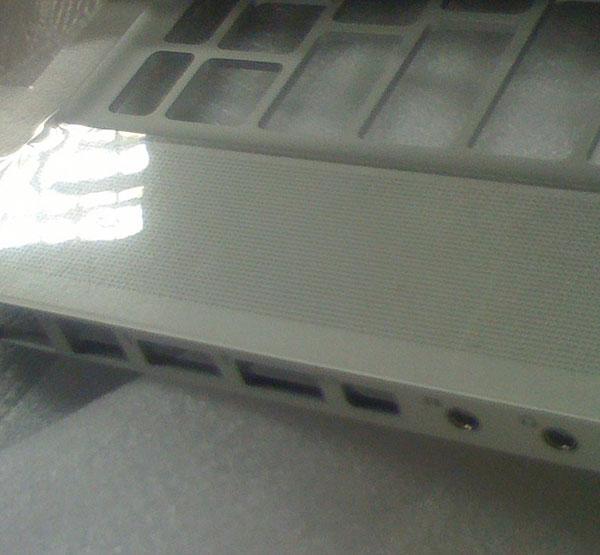

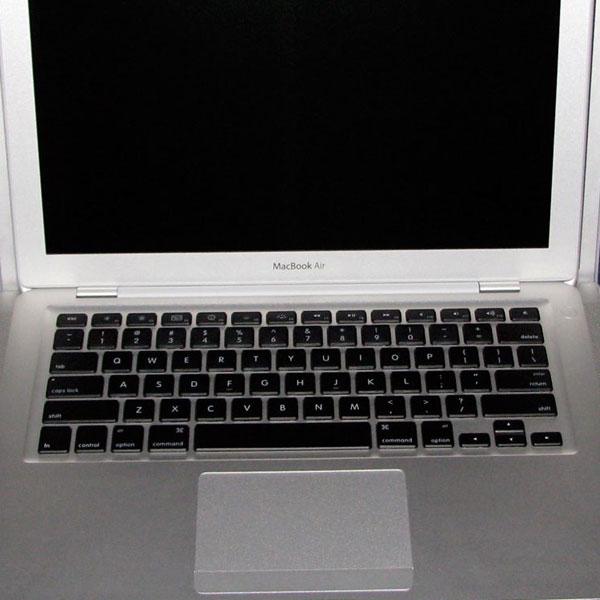
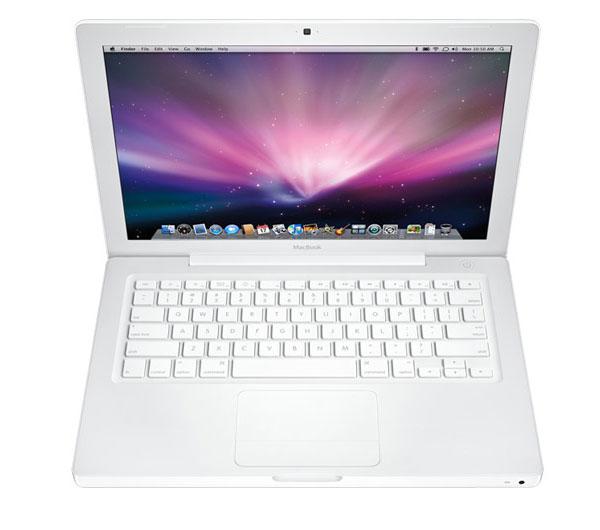








-m.jpg)






 Christine McKee
Christine McKee
 Malcolm Owen
Malcolm Owen

 William Gallagher
William Gallagher
 Chip Loder
Chip Loder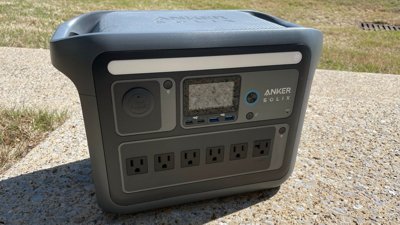
 Brian Patterson
Brian Patterson

 Wesley Hilliard
Wesley Hilliard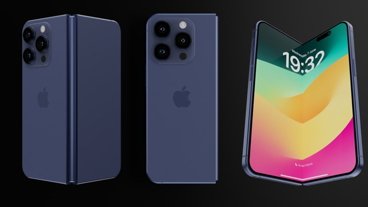

-m.jpg)






105 Comments
Looking sweet. A def upmarket move in the look of the macbook, predict they will see tonnes of them!
How does this link in with the 800 buck notebook rumour?
And I'm glad the brick probably wasn't the solid block of Aluminium idea, that's cool, but I am hoping for something a bit more whiz-bang (like the mythical tablet).
Any chance of a macmini update as well? I really need one for my HDTV, it would be perfect. C'mon Apple!
[...], and what may be a mini-DVI port.
I don't believe it is, it's too small.
Also, what do we think of a possibility of a black plastic underside, in line with the iMac? Just throwing ideas out there.
/Adrian
I'd like a black frame as it gives the image a bit more definition (I'm not talking in a resolution sense). I've got an iMac and it does make the screen pop. Don't know if they will do it though, some people like the black frames, some people don't, matter of taste I guess.
I also can't find any possible display connector that fits into this hole: VGA, DVI, HDMI, DisplayPort, Micro-DVI are all wider and some are higher, mini-DVI is higher. Only mini-VGA could fit, but where's the point in an analog-only port ?
DisplayPort would be the perfect future-safe port, but it is about the size of a USB-A connector...
I'm not to happy about the keyboard change...